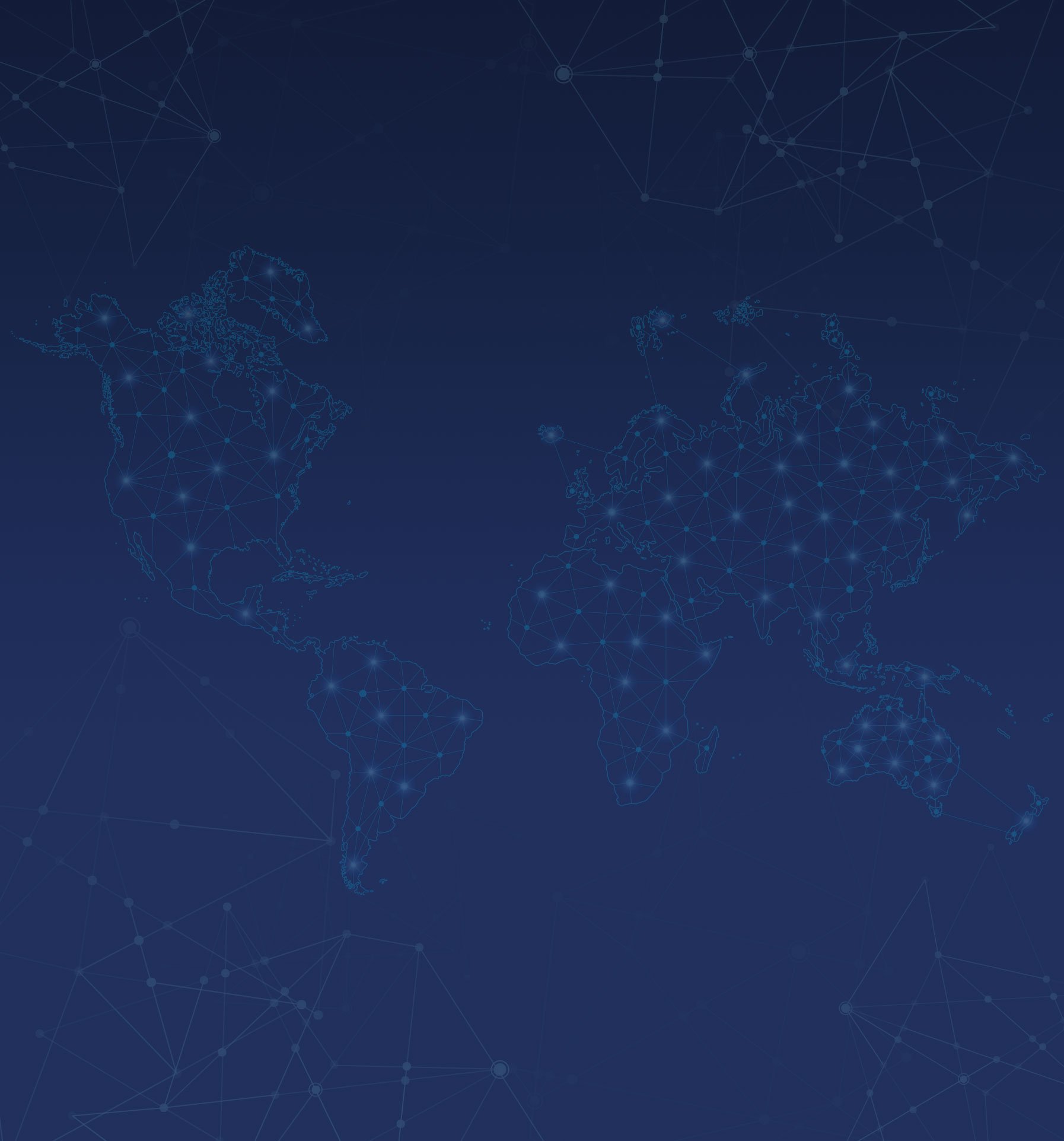
Supply Chain Resilience
Real-time inventory visibility and ongoing risk and disruption monitoring for a more resilient supply chain
Our Supply Chain Resilience Software
Since the 2011 Tohoku tsunami, Sourcemap has been helping global brands manage supply chain resilience with end-to-end visibility. Our approach uses network modeling to assess the cost of disruptions at every supplier, for every component. Inventory, lead time, time-to-replace, revenue-at-risk, and risk probability heat maps all factor into your ability to assess the weakest links in the supply chain at any time. Combined with an always-updated supply chain map, our resilience offering means you can act before the unexpected to bolster your inventories and find alternate supply options and weather the coming disruptions. Reach out to Sourcemap’s team of experts to learn more.
Supply Chain Mapping and Discovery
You cannot have resilience in your supply chain without reliable data. Sourcemap’s secure supplier portal quickly identifies vendors and sites across any numSuber of tiers. Sourcemap invites every tier-1 vendor to disclose tier-2,3, etc. and automatically cascades to sub-suppliers to collect the data for a supply chain map in as little as 3 weeks. Smart RFI’s adapt to collect additional information based on supplier risk profile, including internal policies and procedures, licenses, certifications and audits. Award winning visualizations make it easy to see where the supply chain is at risk.
FAQs
-
People have been mapping supply chains as long as they’ve been making maps. But traditional maps only provide a summary view - they don't show how supply chains change in real time. Modern supply chain mapping is the process of engaging across companies and suppliers to document the exact source of every material, every process and every shipment involved in bringing goods to market. Accurate supply chain mapping only became possible with the rise of online maps and the social web. The first online supply chain mapping platform was developed at the Massachusetts Institute of Technology in 2008 (the underlying open source technology is the basis for Sourcemap). Read More
-
The concept of supply chain transparency was virtually unknown 15 years ago, yet today it commands the attention of mid- and senior-level managers across a broad spectrum of companies and industries.
The reasons for this increased interest are clear: Companies are under pressure from governments, consumers, NGOs, and other stakeholders to divulge more information about their supply chains, and the reputational cost of failing to meet these demands can be high. For example, food companies are facing more demand for supply-chain-related information about ingredients, food fraud, animal welfare, and child labor. Less clear, however, is how to define transparency in a supply chain context and the extent to which companies should pursue it: an MIT study that mapped definitions of supply chain transparency related to labor practices in the apparel industry found vastly different definitions across organizations.
-
Companies are under increased pressure from governments and regulators to ensure that their products are compliant with human rights and environmental standards. The only way for companies to ensure their supply chains are "clean" is by mapping their supply chains down the raw materials using auditable, verifiable data.

![[Food IngredientsFirst] Sustainable cocoa: Industry leverages digital technology to target deforestation and labor issues](https://images.squarespace-cdn.com/content/v1/6205140753fa5c6bd93e5b11/1654620875314-M44IF3HJ90VNFM77MPXW/cocoa2.jpg)
![[Op-Ed] What to Know About Europe's New Anti-Greenwashing Laws](https://images.squarespace-cdn.com/content/v1/6205140753fa5c6bd93e5b11/1670945951437-QBLQOFW5PK3NB4PL8NPN/GreenBiz-Logo.png)